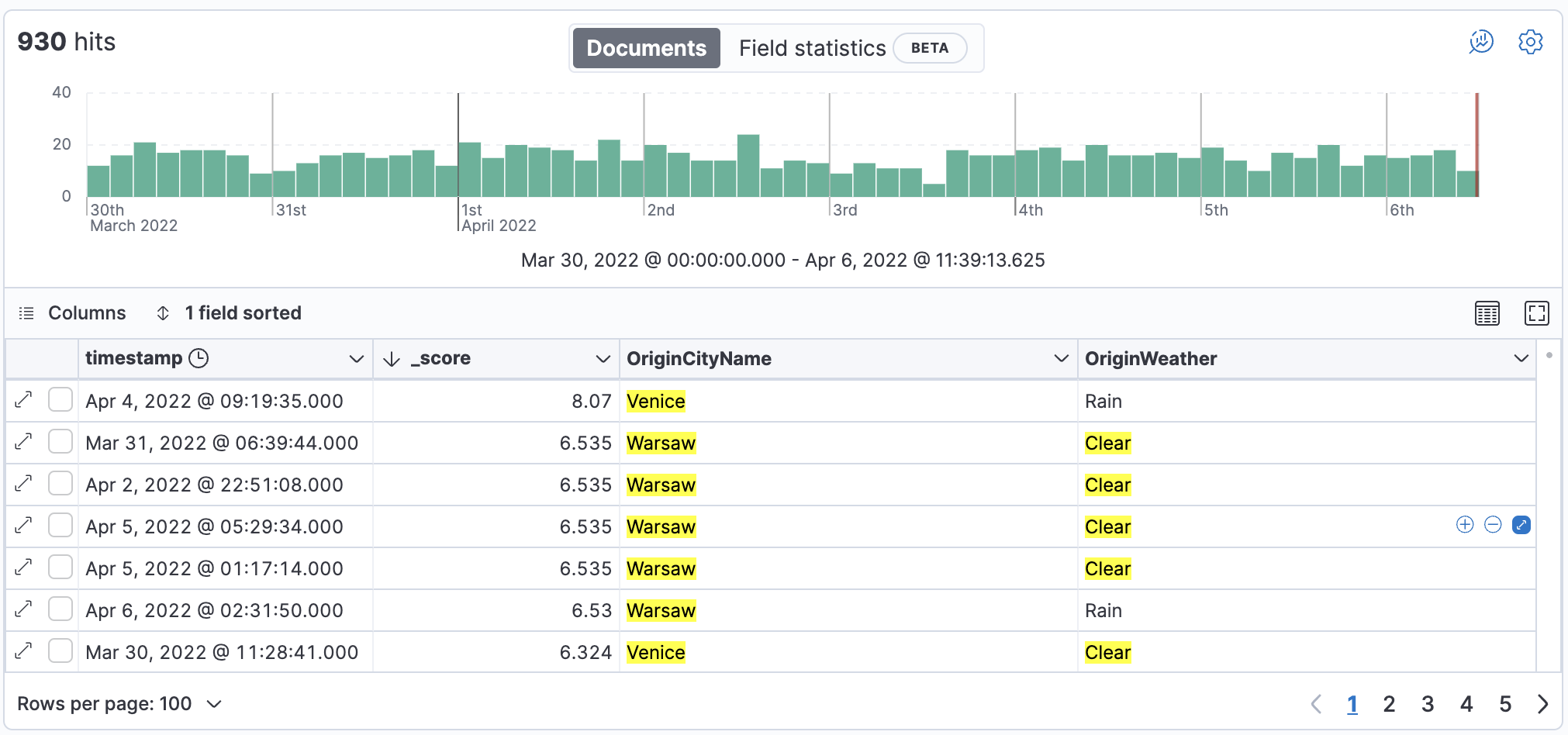- Kibana Guide: other versions:
- What is Kibana?
- What’s new in 8.2
- Kibana concepts
- Quick start
- Set up
- Install Kibana
- Configure Kibana
- Alerting and action settings
- APM settings
- Banners settings
- Enterprise Search settings
- Fleet settings
- i18n settings
- Logging settings
- Logs settings
- Metrics settings
- Monitoring settings
- Reporting settings
- Search sessions settings
- Secure settings
- Security settings
- Spaces settings
- Task Manager settings
- Telemetry settings
- URL drilldown settings
- Start and stop Kibana
- Access Kibana
- Securing access to Kibana
- Add data
- Upgrade Kibana
- Configure security
- Configure reporting
- Configure logging
- Configure monitoring
- Command line tools
- Production considerations
- Discover
- Dashboard and visualizations
- Canvas
- Maps
- Build a map to compare metrics by country or region
- Track, visualize, and alert on assets in real time
- Map custom regions with reverse geocoding
- Heat map layer
- Tile layer
- Vector layer
- Plot big data
- Search geographic data
- Configure map settings
- Connect to Elastic Maps Service
- Import geospatial data
- Troubleshoot
- Reporting and sharing
- Machine learning
- Graph
- Alerting
- Observability
- APM
- Security
- Dev Tools
- Fleet
- Osquery
- Stack Monitoring
- Stack Management
- REST API
- Get features API
- Kibana spaces APIs
- Kibana role management APIs
- User session management APIs
- Saved objects APIs
- Data views API
- Index patterns APIs
- Alerting APIs
- Action and connector APIs
- Cases APIs
- Import and export dashboard APIs
- Logstash configuration management APIs
- Machine learning APIs
- Short URLs APIs
- Get Task Manager health
- Upgrade assistant APIs
- Kibana plugins
- Troubleshooting
- Accessibility
- Release notes
- Developer guide
Search for relevance
editSearch for relevance
editElasticsearch assigns a relevancy, or score to each document, so you can can narrow your search to the documents with the most relevant results. The higher the score, the better it matches your query.
This example shows how to use Discover to list your documents from most relevant to least relevant. This example uses the sample flights data set, or you can use your own data.
-
In Discover, open the data view dropdown, and select the data that you want to work with.
For the sample flights data, set the data view to kibana_sample_data_flights.
-
Run your search. For the sample data, try:
Warsaw OR Venice OR Clear
- If you don’t see any results, expand the time range, for example to Last 7 days.
-
From the list of Available fields, add
_scoreand any other fields you want to the document table.At this point, you’re sorting by the`timestamp` field.
-
To turn off sorting by the
timestampfield, click the field sorted option, and then click Clear sorting. -
To turn on sorting by the
_scorefield in descending order, open the dropdown menu and click _score, and then select High-Low.
Your table now sorts documents from most to least relevant.
